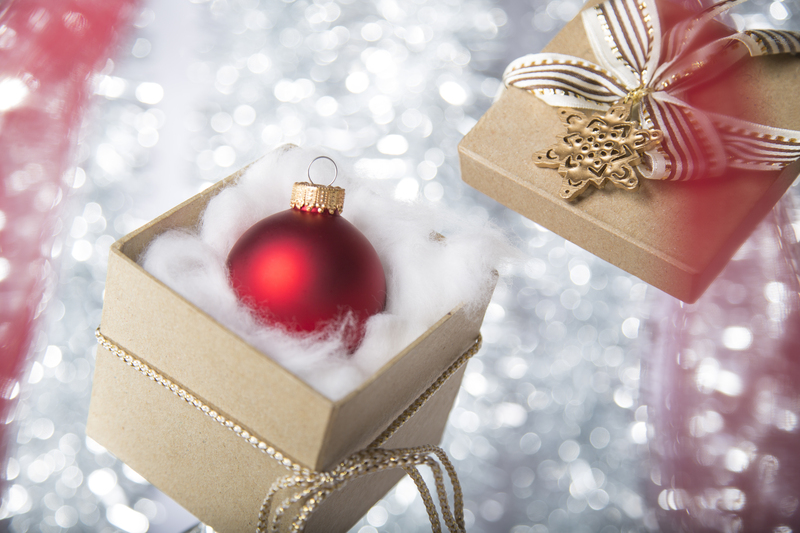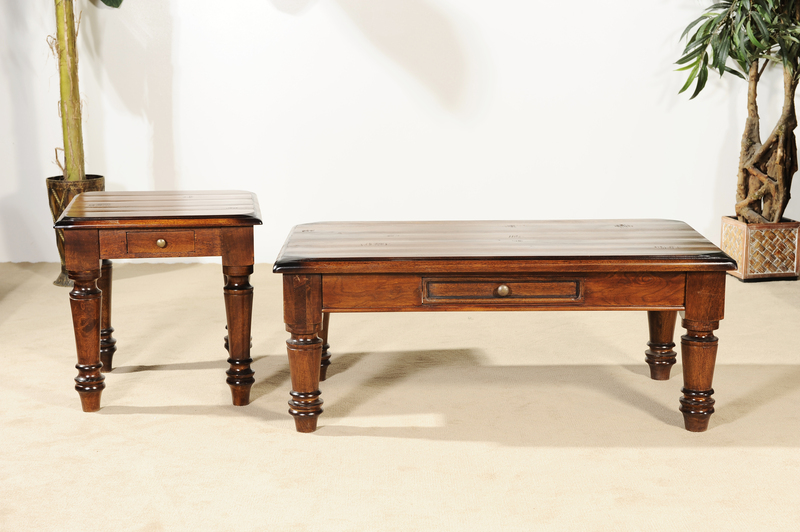Eco-Friendly Tips for Recycling Pots and Pans
Are your old pots and pans taking up space in the kitchen, and you're wondering if there's a greener way to get rid of them? In today's environmentally conscious world, it's crucial to dispose of cookware sustainably. This comprehensive guide shares effective eco-friendly tips for recycling pots and pans, ensuring you minimize environmental impact while responsibly saying goodbye to your old cookware.
Why Recycle Pots and Pans? Understanding the Importance
The kitchen is a major source of household waste. When pots and pans wear out, the temptation is to toss them in the dumpster. However, most cookware contains valuable metals like aluminum, stainless steel, and copper -- materials that can be reclaimed and reused. Recycling cookware reduces landfill waste, saves resources, and lowers carbon emissions associated with producing new metals.
- Reduction of waste: Diverts bulky metal items from overflowing landfills.
- Resource conservation: Recovering metals preserves natural resources and minimizes mining impact.
- Lower greenhouse gas emissions: Recycling consumes less energy and emits fewer pollutants than producing new metals.
- Encouraging circular economy: Gives materials a new life, promoting sustainable manufacturing cycles.

Can All Pots and Pans Be Recycled?
Most pots and pans can be recycled, but there are some important exceptions and considerations. The recyclability of your old cookware depends on its material type and condition:
- Aluminum and Stainless Steel Cookware: Highly recyclable, as these metals are in demand at most scrap yards and recycling centers.
- Copper Pots and Pans: Also recyclable but may be separated by specialty recyclers due to higher value.
- Nonstick-coated Cookware: Teflon or ceramic coatings can complicate recycling. Some facilities accept them once the coating is removed; others do not.
- Enamel, Cast Iron, or Mixed-Material Pans: Cast iron is fully recyclable, but enamel finishes or handles made of wood/plastic may need to be removed first.
Always check with your local recycling program for specific guidelines.
Top Eco-Friendly Methods for Disposing of Old Cookware
1. Donate Usable Pots and Pans
Before recycling, assess if your cookware is still functional. Donation is often the greenest option.
- Local charity shops, thrift stores, or shelters often accept gently used pots and pans.
- Check online platforms like Freecycle, Facebook Marketplace, or Craigslist - someone may need your old cookware!
- Donation helps communities while extending the life cycle of the items.
Pro tip: Clean your pans thoroughly before donating them to increase the chance they'll be accepted.
2. Sell or Give Away Online
There's a strong DIY and upcycling community interested in old kitchenware. Consider:
- Selling unique, vintage, or high-quality pots and pans on eBay or specialty forums.
- Giving away items for free to local schools, art teachers, or gardening clubs (they use them for projects or plant pots).
This approach is both sustainable and provides your items with a second life.
3. Upcycle and Repurpose Your Old Cookware
If recycling isn't an option, get creative! Upcycling old pots and pans puts waste to use and can add personality to your home or garden:
- Planters: Drill holes in the bottom, add soil, and create quirky flowerpots or herb gardens.
- Birdbaths or Feeders: Use larger pans as rustic bird baths or seed holders.
- Decor Items: Paint and hang collections of pans on your wall as vintage kitchen art.
- Storage Solutions: Use pans for organizing tools, craft supplies, or as trays.
This reduces waste and brings a unique, eco-friendly touch to your decor.
4. Metal Recycling Centers and Scrap Yards
If your pots and pans are beyond repair, it's time for responsible recycling:
- Locate a local scrap metal yard--they're more likely to accept all-metal cookware.
- Remove as much non-metal material as possible (plastic handles, glass lids) before dropping them off.
- Call ahead to confirm what kinds of metal they accept and if coatings are an issue.
- Scrap recyclers typically pay (by weight) for metals such as aluminum, stainless steel, and copper.
Did you know? Recycling metals uses up to 95% less energy than raw metal production!
5. Check with Your Local Curbside Recycling Program
Some municipalities accept pots and pans in curbside recycling bins, but rules vary. Follow these steps:
- Look up local recycling guidelines--some accept small metal kitchen items; others route it to landfill.
- Inquire if they require the removal of non-metal attachments.
- Bag or bundle cookware if directed, to prevent injury to workers or machinery.
When in doubt, contact your city's recycling office to ensure proper eco-friendly disposal.
6. Manufacturer Recycling and Take-Back Programs
Some cookware brands are stepping up for sustainability! Reach out to your cookware's manufacturer to ask if they offer take-back or recycling programs. For example:
- Brands like Calphalon, GreenPan, and Le Creuset have been known to run take-back schemes.
- These programs ensure responsible recycling in line with the latest environmental standards.
If buying new cookware, consider brands with robust eco-friendly initiatives.
7. Special Collection Days or Hazardous Waste Centers
Some communities organize household metal waste days or have permanent drop-off centers for hard-to-recycle items. Search your local government's website for:
- Special metal, electronic, or bulky waste collection events.
- Recycling drop-off centers accepting cookware and kitchenware.
- Household hazardous waste centers--they often know where to send tricky items.
This ensures your pots and pans don't end up in the landfill unintentionally.
How to Prepare Pots and Pans for Recycling
Proper preparation improves the chances your cookware will be accepted and actually recycled:
- Clean Thoroughly: Remove all food residues, grease, and burnt-on debris.
- Disassemble: Remove non-metal parts such as plastic handles or silicone grips. Use a screwdriver or pliers if needed.
- Remove Coating (if possible): Some recycling centers require nonstick or enamel coatings to be scraped off. Check with your recycler for instructions.
- Sort by Material: Separate aluminum, stainless steel, and copper items--you may get a better recycling rate.
Properly prepared items are easier to process and less likely to be sent to landfill.
What Not to Do: Common Recycling Mistakes
Even the best intentions can go awry. Avoid these common cookware recycling mistakes:
- Don't throw pots and pans in general household recycling bins unless your city's program specifically allows it.
- Don't include non-metal parts like glass lids, plastic handles, or rubber inserts with metals--these contaminate recycling streams.
- Don't dump Teflon, ceramic, or heavily coated pans unless the facility accepts them--some coatings are not recyclable and can damage sorting equipment.
- Never bury or burn cookware, as this releases toxins and wastes valuable materials.
Eco-Friendly Cookware Choices for Future Sustainability
Choosing sustainable pots and pans today helps minimize waste tomorrow. When replacing old cookware, consider:
- Durable materials: Stainless steel, cast iron, and copper last decades and are easily recyclable.
- No or non-toxic coatings: Seek brands using ceramic or other eco-friendly, PFOA-free nonstick options.
- Modular designs: Cookware with replaceable handles or lids allows repair, not replacement.
- Brands with take-back or recycling programs for end-of-life return.
By making conscientious choices, you support a greener kitchen and encourage manufacturers to develop circular, low-impact products.

Frequently Asked Questions: Eco-Friendly Recycling of Pots and Pans
Can nonstick pans be recycled?
Not always. Many curbside recycling programs and scrap yards do not accept nonstick pans due to their coatings. You may need to remove the coating, or find specialty recyclers who handle Teflon or ceramic-coated cookware.
What should I do with a broken or heavily rusted pan?
If a pan is unusable and non-functional, the metal can usually be recycled at scrap metal yards, recyclers, or specialized drop-off points (after removing non-metallic parts).
Are cast iron pans recyclable?
Absolutely! Cast iron is highly recyclable and often valued by metal recyclers. Even damaged pans can be melted down and made into new products.
Can I recycle pots and pans with plastic handles?
In most cases, you need to separate and remove plastic handles before recycling the metal parts. Check your local recycling center's requirements.
Do any stores accept pots and pans for recycling?
Some stores periodically run take-back programs for cookware, especially around Earth Day or as part of special environmental campaigns. Call local kitchenware stores, big-box retailers, or inquire during recycling drives.
Conclusion: Greener Kitchens, Cleaner Planet
Recycling pots and pans the eco-friendly way doesn't just benefit your home--it benefits the environment globally. By donating, repurposing, or getting creative with recycling, you help divert valuable materials from landfills, reduce resource consumption, and set a sustainable example for others. The next time you inspect your kitchen shelves, commit to responsible, green cookware disposal--because every small action counts for our planet's future.
Do you have unique ways to recycle pots and pans? Share your ideas and inspire others to join the eco-friendly kitchen revolution!
- Related: 10 Eco-Friendly Tips for a Sustainable Kitchen
- Learn More: EPA Recycling Guidelines
